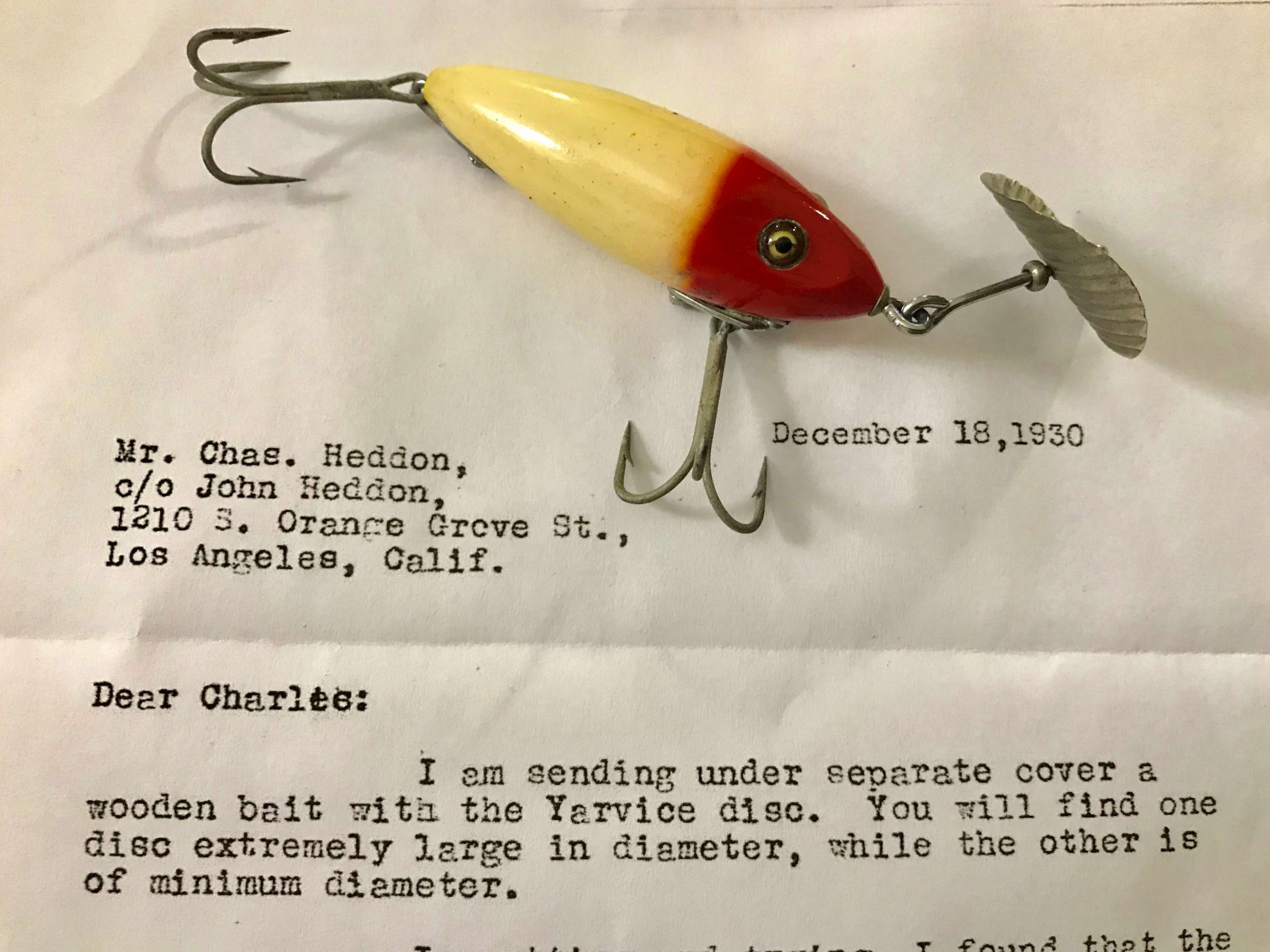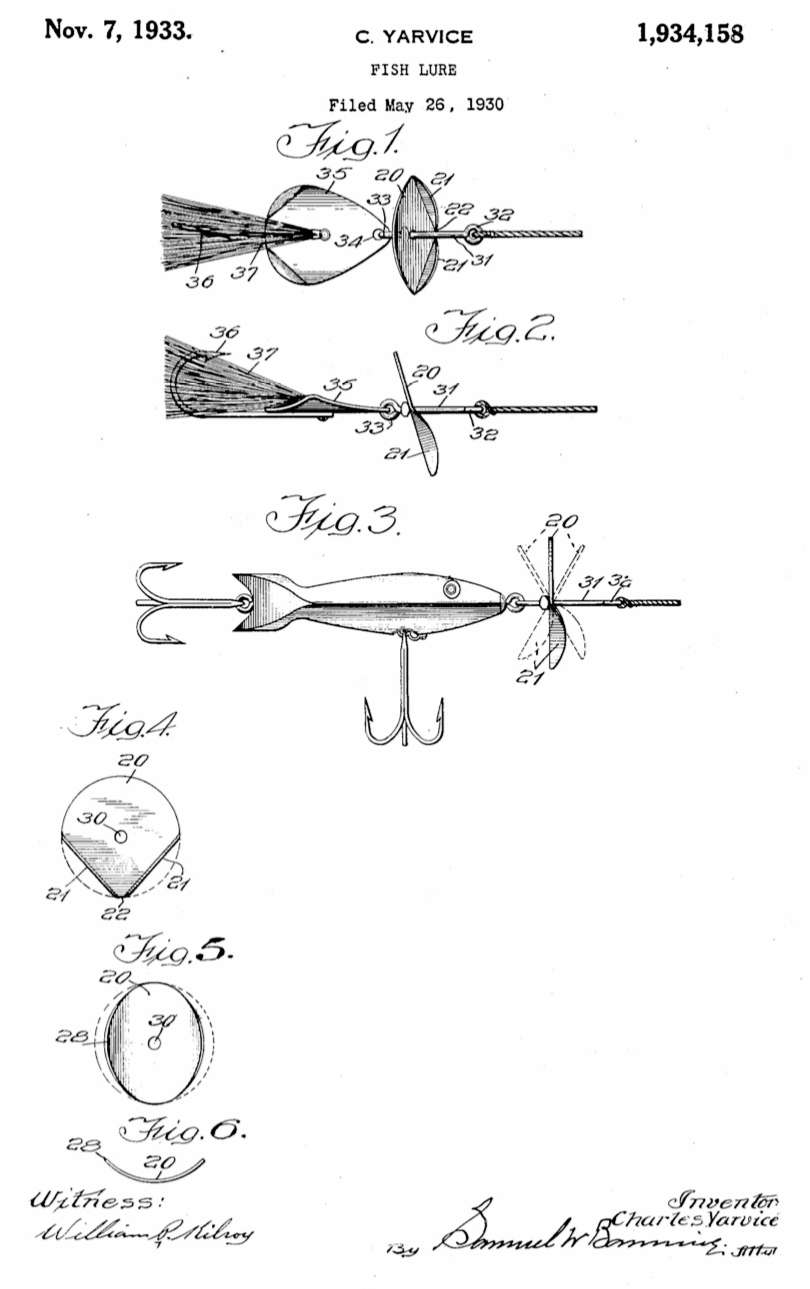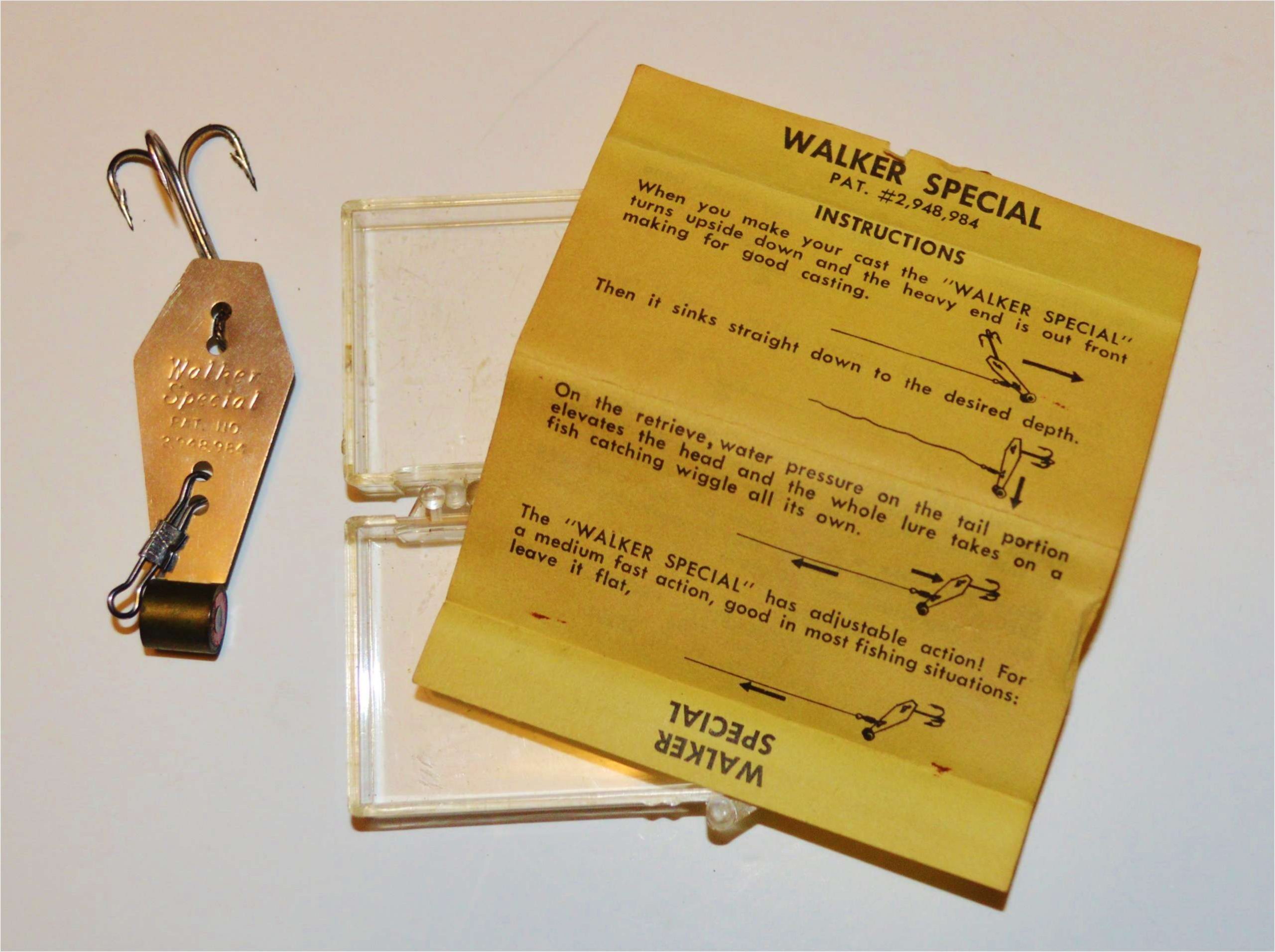
Few lures have impacted our sport in recent years like the bladed jig. They have undoubtedly redefined our approach to shallow water angling, especially when grass, laydowns or flooded brush are involved.
Bladed jigs have become so popular, in fact, nearly every bass angler on the planet owns at least one. And it all started with the Z-man ChatterBait. Or, did it?
What if I told you the concept existed long before the ChatterBait ever hit the market?
The mother of invention
Creative concepts in lure making are usually borne out of necessity — to satisfy a specific need or application. Attempts to fulfill those needs are what begins the design process and development of the prototypes that follow.
That was certainly the case for Charles Yarvice and his unique “Disc Bait” — an attachable device designed to enhance the action of various surface and subsurface lures.
Yarvice’s planer blade featured a short wire form, which attached to the line-tie of a lure — thus allowing it to hinge freely ahead of the body of that lure. The resulting action was erratic and somewhat unpredictable. And that caught the eye of William A. Stoley — plant manager and head of product development for the Heddon lure company.
In a letter written to Charles Heddon in December of 1930, Stoley describes the reason for the planer’s shape and the action it imparts.
“I find that with increased curvature (of the disc), I get a decided dodging movement … and it seems to me it is inclined to run a trifle deeper,” pens Stoley. He goes on to explain that there are two sizes, encouraging Heddon to try both — so that he can see for himself which has better movement relative to the size and shape lure it’s attached to.
Stoley was a close friend to Heddon. The two fished together and frequently collaborated on various projects. He is credited with a number of innovations that were patented and utilized on Heddon lures in that time period. Evidently, the Yarvice device was one he was presenting for Heddon’s consideration.
The red and white prototype shown above was acquired through an auction house and came with Stoley’s letter to Heddon. It’s dated December 18, 1930. Although the letter is unsigned, Stoley’s initials are clearly present — indicating it was typed for him.
In describing the “dodging” action of Yarvice’s disc, Stoley is obviously referring to how the lure “hunts.” And that pretty much sums up the action in all of today’s bladed jigs.

Those that followed
After Yarvice’s Disc Bait came the Paw Paw “Boogie Woogie” and Whopper Stopper “Dirtybird” — 1960s lures that employed the very same concept for making a lure body swim erratically beneath the surface.
Another to utilize the concept was the “Walker Special” made in 1958 by W.W. Crawford (presumably Walker) and distributed by Southeastern Products of Charlotte, N.C. His is clearly the closest blade shape to the ChatterBait. In fact, it’s almost identical.

There are probably others, too. But the point is, there are very few original ideas in fishing. Most of those claiming to be first are more likely reintroductions with a twist on the originator’s idea.
Many thanks to collectors David Lindsay and Bill Roberts, for helping me unravel the mystery of the first planning blade baits. And to Ken Duke, editor of Fishing Tackle Retailer, for his research into Charles Yarvice and his patent. Here are some links to others in my series on “first” lures:
The First Swimbait
The First Crankbait
The First Jerkbait
The First Frog

